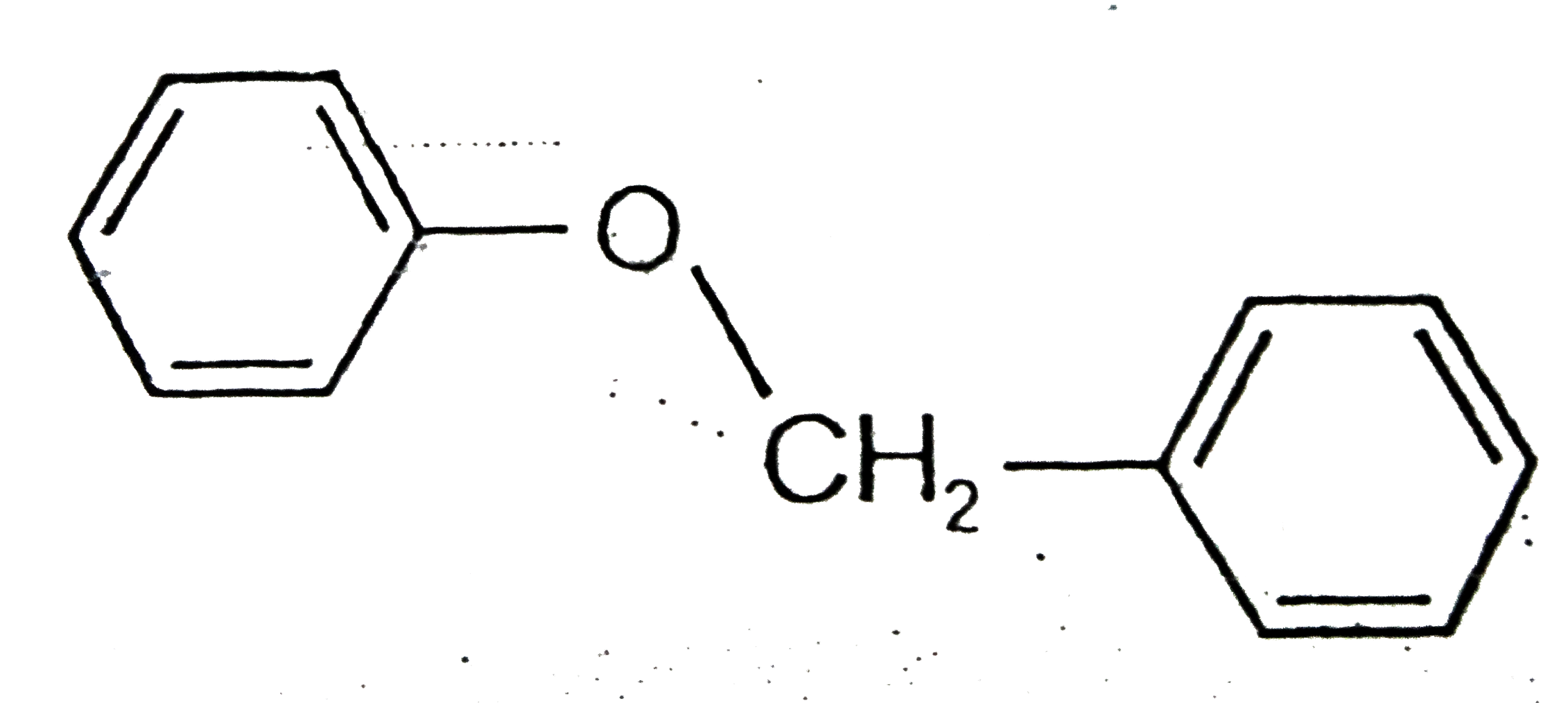Butane can be prepared from ethyl chloride using the following synthesis
CH3CH2Cl(i)Li−−−→(i)Cul(CH3CH2)2LiCuCH3CH2Cl−−−−−−→CH3CH2CH2CH3
The reaction is
Wurtz reaction
Kolbe's electrolytic method
Sandmayer's reaction
Corey - House synthesis
The correct Answer is:D
To solve the question regarding the preparation of butane from ethyl chloride, we can break down the process step by step.
1. Identify the Starting Material:
The starting material is ethyl chloride, which is represented as CH₃CH₂Cl.
Hint: Always start by identifying the reactants in the given synthesis.
2. Reaction with Lithium and Copper Iodide:
Ethyl chloride (CH₃CH₂Cl) is treated with lithium (Li) and copper iodide (CuI). This reaction forms a compound known as diethyl copper lithium, represented as (CH₃CH₂)₂LiCu.
Hint: Recognize that lithium and copper iodide are used to generate a dialkylcopper reagent, which is crucial in this synthesis.
3. Formation of Diethyl Copper Lithium:
The reaction can be summarized as:
CH3CH2Cl+Li+CuI→(CH3CH2)2LiCu
Hint: This step involves the formation of a new organometallic compound, which is key to the next step.
4. Reaction with Another Ethyl Chloride:
The diethyl copper lithium compound then reacts with another molecule of ethyl chloride (CH₃CH₂Cl). This reaction leads to the formation of butane (CH₃CH₂CH₂CH₃).
Hint: The reaction here is a coupling reaction where two ethyl groups are combined to form butane.
5. Final Reaction Equation:
The overall reaction can be summarized as:
(CH3CH2)2LiCu+CH3CH2Cl→CH3CH2CH2CH3+LiCl+CuI
Hint: Always ensure to balance the reaction and identify byproducts, which in this case are lithium chloride and copper iodide.
6. Identify the Type of Reaction:
This entire process is known as the Coray-House synthesis, which is a method for preparing alkanes from alkyl halides.
Hint: Recognize the significance of the Coray-House synthesis in organic chemistry, especially for synthesizing alkanes.
Conclusion
The reaction described in the question is known as Coray-House synthesis.
Final Answer: Coray-House synthesis.
The starting material is ethyl chloride, which is represented as CH₃CH₂Cl.
Ethyl chloride (CH₃CH₂Cl) is treated with lithium (Li) and copper iodide (CuI). This reaction forms a compound known as diethyl copper lithium, represented as (CH₃CH₂)₂LiCu.
The reaction can be summarized as:
CH3CH2Cl+Li+CuI→(CH3CH2)2LiCu
The diethyl copper lithium compound then reacts with another molecule of ethyl chloride (CH₃CH₂Cl). This reaction leads to the formation of butane (CH₃CH₂CH₂CH₃).
The overall reaction can be summarized as:
(CH3CH2)2LiCu+CH3CH2Cl→CH3CH2CH2CH3+LiCl+CuI
This entire process is known as the Coray-House synthesis, which is a method for preparing alkanes from alkyl halides.
The reaction described in the question is known as Coray-House synthesis.
Similar Questions
CH3.CH2CH2Claq.KOH−−−−→CH3CH2CH2OH The reaction is
View SolutionCH3−CH2−CH2−C∣OHH−CH3 and CH3−CH2−C∣OHH−CH2−CH2−CH3 are
View SolutionGive the common names of the following alcohols :
CH3CH2CH3∣CH−CH3∣C∣CH3−CH2OH
View SolutionComplete the following
(i) 3(CH3)2C=O[A]−−→
(ii) CH3COCl+H2[B]−−→
(iii) [C]NH2−NH2−−−−−−→C2H5ONaCH3CH2CH3
View SolutionGive the IUPAC names of the following compounds :CH3CH3−CH3∣C∣CHO−CH2CH3
View SolutionGive the IUPAC names of the following compounds :CH3CH3−CH3∣C∣CHO−CH2CH3
View SolutionIdentify the most suitable reagent for the following conversion ?
CH3−CH2−CH∣Br−CH3Reagent−−−−→CH3−CH=CH−CH3
View SolutionPrepare the following ethers via the williamson's synthesis


CH3−CH3∣C∣CH3−O−CH3
View SolutionComplete the following reaction CH3−C∣CH3=CH−CH3H2,Ni−−−→?
View SolutionThe major product formed in the following reation is
CH3−CH3∣C∣H−CH2−BrCH3ONa−−−−−→CH3OH .
View Solution
